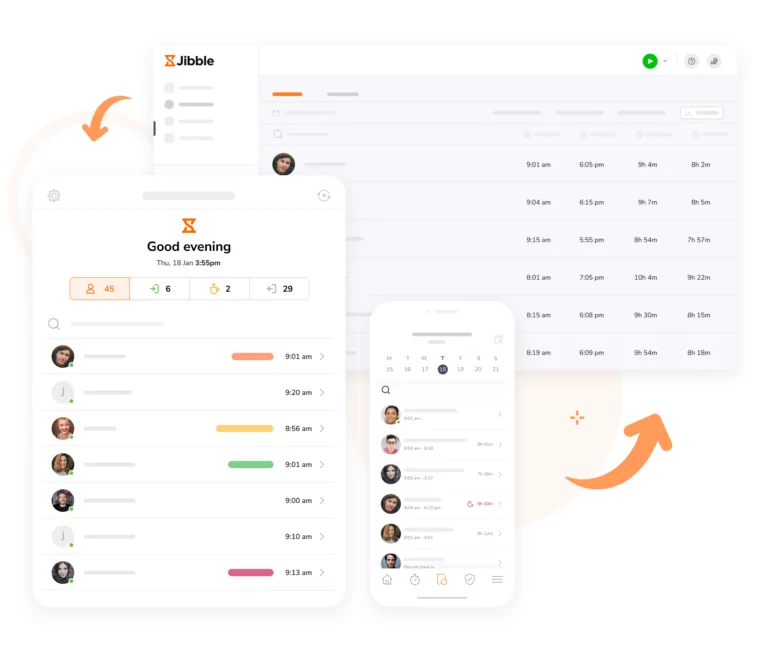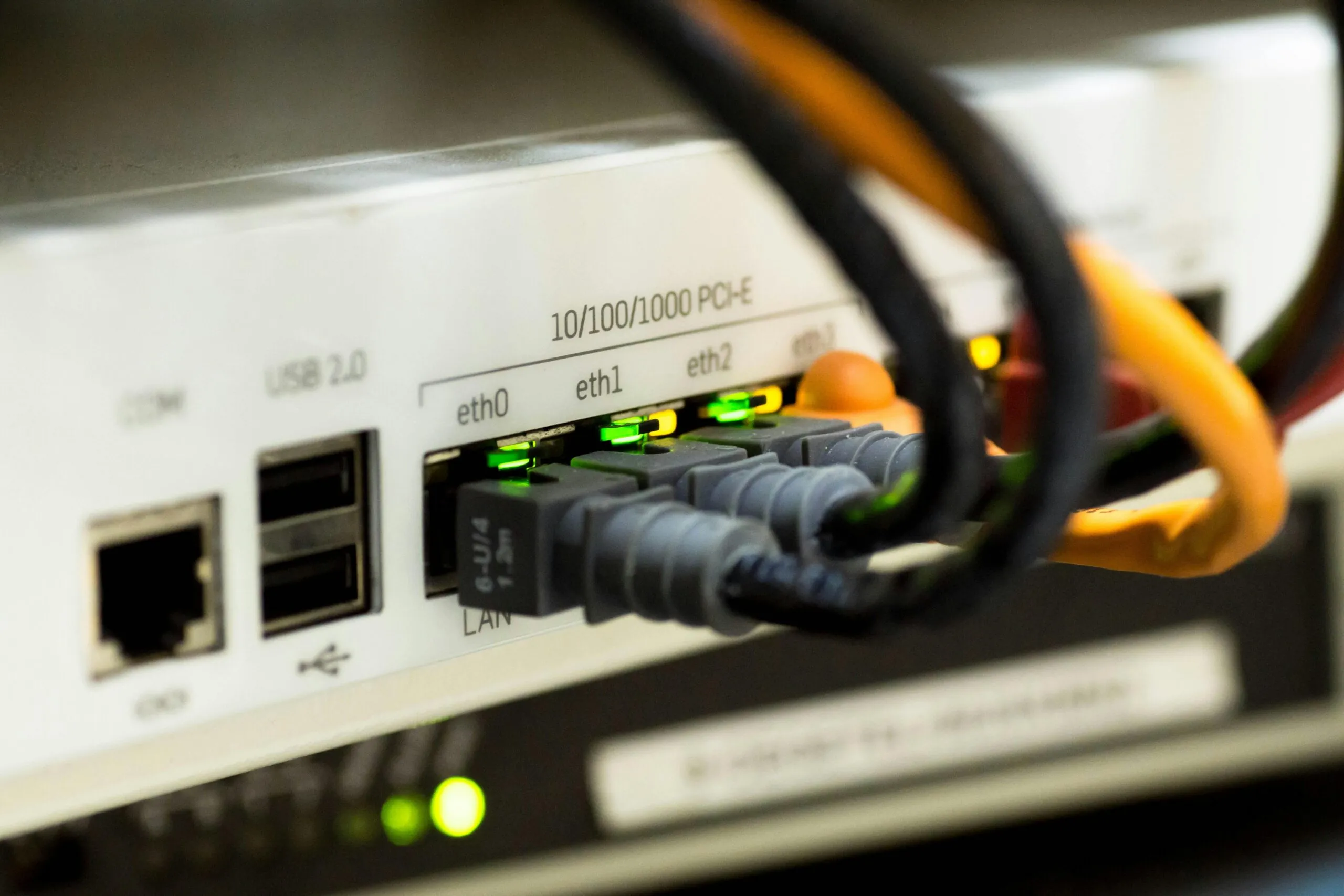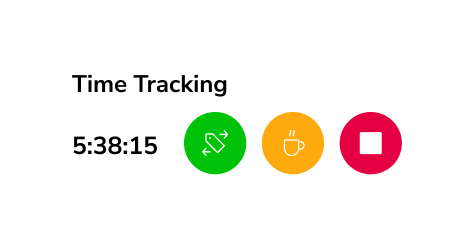
Photo by Jason Richard on Unsplash
Background
A prominent communications provider in Malaysia, offering mobile, broadband services, and smartphones.
The company operates in mobile, fixed-line, and international services. It provides both postpaid and prepaid mobile plans, alongside voice, data, and managed services for consumers and businesses.
Its international services include traffic termination, global transmission, and bandwidth leasing for telecom carriers.
For confidentiality reasons, the company name is not disclosed.
Challenges with the Old System That Made the Company Change
With a diverse and geographically dispersed workforce, including retail teams, field technicians, and office staff, the company needed a flexible, scalable, and integrated time tracking solution to meet their evolving needs. Below are the key challenges that led to the decision to switch to a more advanced system:
1# Inaccurate Tracking of Field Staff and Remote Workers:
The company has a significant number of employees working in the field, such as technicians, sales representatives, and engineers. The old time tracking system did not accurately capture time for these remote workers, especially those traveling between different client sites or performing maintenance work in the field. A more advanced system with geo-fencing and mobile clock-ins would provide real-time tracking, allowing managers to track field employees’ locations and ensure they are compensated for all work hours, including travel time.
2# Inconsistent Employee Engagement:
The company had difficulty ensuring consistent use of the time tracking system across different teams, particularly in customer-facing roles like retail staff and sales agents. The old system lacked features that encouraged employee engagement and ensured accurate tracking of hours worked. A modern solution with automated reminders, employee self-service access, and real-time feedback would boost employee engagement, ensuring that time tracking is accurate and that employees are actively using the system.
3# Manual Time-Off Approvals and Lack of Visibility:
The process of manually reviewing and approving employee time-off requests created delays, and managers lacked visibility into overall workforce availability, leading to scheduling challenges. A new system with automated leave request approvals, real-time availability tracking, and manager visibility into staffing levels would help streamline the approval process and ensure that staffing needs are met, especially during peak periods like product launches or high customer demand.
4# Difficulty in Tracking and Managing Project-Based Work:
The company handles a variety of project-based work, especially in areas like network upgrades, infrastructure development, and large-scale marketing campaigns. The old time tracking system did not allow for detailed tracking of hours spent on specific projects, making it difficult to assess project costs, labor utilization, and resource allocation. A time tracking system with project-based time tracking and task-specific allocation would provide real-time insights into specific projects, improving productivity.
The Company’s Time Tracking Key Requirements
The company had several critical requirements for a time tracking solution to address the complexities of its operations, ensuring seamless integration and operational efficiency. These key requirements included:
- Mobile Time Tracking – Mobile clocking for employees working remotely or in customer-facing roles.
- Centralized Dashboard – Easy access to real-time attendance data for managers across locations.
- Integration with HR System – Sync time tracking data directly with HR for accurate leave and payroll processing.
- Location Tracking Capabilities – Automate time tracking for employees at different customer sites and offices.
- Leave & PTO Tracking – Ability to easily manage time off requests and approvals with transparency.
Why the Company Chose Jibble Time Tracking
When it came time to find a solution to track the team’s time, Jibble stood out as the perfect fit. Here’s why the company decided to integrate it into their workflow:
1# Real-Time Insights for Field and Office Employees:
The company required an efficient solution to track how time was being spent by their mixed workforce, including field agents, office staff, and retail employees. Jibble’s real-time tracking feature provided managers with immediate access to data on time spent across various departments and projects, enabling them to make data-driven decisions and optimize workforce allocation.
2# GPS Tracking for Field Teams:
The company’s field-based sales and support teams needed to ensure that time was logged when they were on-site at specific customer locations or retail stores. Jibble’s GPS tracking feature enabled the company to track time accurately, ensuring employees could clock in when physically present at authorized locations, improving time accuracy and reducing potential errors.
3# Flexible Reporting for Multiple Departments:
The company needed a time tracking system that could generate customized reports for different teams, departments, and projects. Jibble allowed them to create detailed reports based on specific criteria, making it easier to track performance and understand where time was being spent across the organization.
How Was the Onboarding Process?
The leading telecommunications company required an onboarding process that could handle a large number of employees across different regions. The implementation process took 6 weeks, with a focus on streamlining time tracking for both office and field staff. This took place in two phases:
Setup and Introduction:
The first phase involved setting up the system to handle employee data, GPS tracking, and shift-based work. Jibble’s mobile app was introduced to the company’s team during week two, with employees being trained on how to log their time accurately.
Full Roll out:
Throughout weeks three to five, the system was rolled out in phases, focusing first on office employees and then expanding to remote and field teams. During the final phase, the system was integrated with the company’s payroll and HR platforms, ensuring smooth data flow and accurate payroll processing. By the end of the 6-week process, the company had improved their time tracking and reporting, ensuring greater operational efficiency across all teams.
Bonus: The company requested an open communication channel for technical support. This led to the creation of a group for priority support on adjustments in processes and feature requests.
The Benefits Immediately Identified Post Onboarding
Following the onboarding process, the company quickly experienced several key benefits that significantly contributed to its sustainable improvement, including:
1. Real-Time Tracking for Remote Teams: The company leveraged real-time time tracking for their field employees, improving accuracy in monitoring hours worked off-site.
2. Better Project Visibility: Real-time time capture allowed for project transparency and tracking, improving efficiency and management.
3. Seamless Payroll Integration: Jibble’s integration with the company’s payroll system ensured that timesheets were automatically processed, reducing manual errors.
4. Efficient Resource Management: With detailed time-tracking data, the company was able to allocate resources more effectively across departments.
Main Method of Jibbling In and Out
The key methods for clocking in for the Company is through:
- Mobile App: Employees at the company use the Jibble mobile app to clock in and out during their fieldwork or client visits, ensuring accuracy in time reporting. The GPS tracking also ensures that the time tracking is precise and location-based, making it easier to track remote work for field-based teams.



